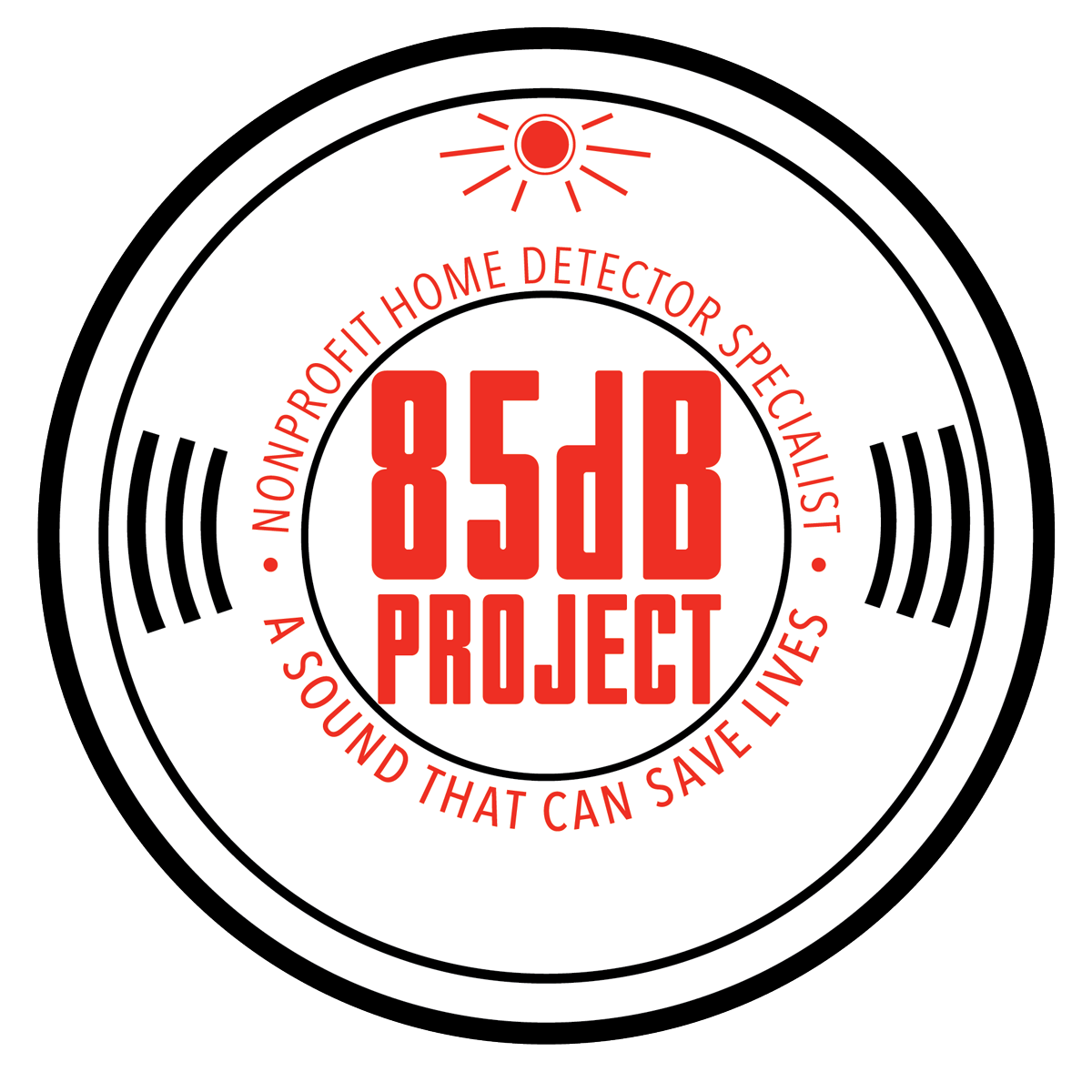In the realm of home and workplace safety, the role of detectors designed to sense smoke, fire, carbon monoxide (CO), heat, and various gases has evolved significantly. These devices stand as guardians, providing early warnings and crucial alerts to protect lives and property. The market for these detectors has witnessed substantial growth, propelled by technological advancements and an increasing emphasis on safety measures. Understanding the landscape of these detectors, their innovations, and the market dynamics is pivotal in comprehending their significance and impact on safety standards worldwide.
Technological Innovations Driving Progress
Advancements in sensor technologies have revolutionized the efficacy and reliability of detectors. Smoke detectors, employing ionization or photoelectric sensors, have become more sensitive and capable of early detection, reducing false alarms and enhancing response times during emergencies. Meanwhile, intelligent fire detectors now integrate multiple sensors to differentiate between smoke and steam, reducing false alarms while accurately identifying potential threats.
Carbon monoxide detectors, crucial in identifying the silent, odorless gas, have seen improvements in sensitivity, accuracy, and integration with smart home systems, ensuring swift responses in case of dangerous CO levels. Heat detectors, especially in industrial settings, have become more sophisticated, offering precise temperature monitoring and early warning systems for fire hazards in high-temperature environments.
Additionally, gas detectors tailored to specific gases like methane, propane, or natural gas have witnessed advancements in their sensing capabilities, enabling quicker and more accurate detection, thereby averting potential disasters associated with gas leaks.
Market Dynamics and Growth Trends
The market for these safety detectors has experienced steady growth, driven by factors such as stringent safety regulations, increasing awareness about the importance of early detection, and technological innovations. The integration of smart features—such as remote monitoring, connectivity with smartphones, and IoT (Internet of Things) compatibility—has propelled consumer demand, particularly in the residential sector.
Furthermore, the industrial sector has also seen substantial adoption, driven by strict occupational safety norms, where gas and heat detectors play a critical role in preventing accidents and ensuring a safe working environment.
Global Impact and Future Prospects
The rising concern for safety across residential, commercial, and industrial sectors worldwide has contributed to the steady growth of the smoke, fire, CO, heat, and gas detector market. As technology continues to evolve, the future of these detectors looks promising. Emerging trends indicate further miniaturization, increased accuracy, enhanced connectivity, and cost-effective solutions that cater to a wider demographic.
Moreover, heightened environmental awareness has fueled the development of eco-friendly detectors that minimize environmental impact while maximizing safety standards.
Conclusion
In conclusion, the market for smoke, fire, carbon monoxide, heat, and gas detectors continues to expand, driven by technological advancements, safety regulations, and increased awareness. These detectors stand as indispensable tools in safeguarding lives, properties, and the environment. With ongoing innovations and a growing emphasis on safety, these detectors are poised to evolve further, playing a pivotal role in ensuring enhanced safety standards across diverse settings globally.


